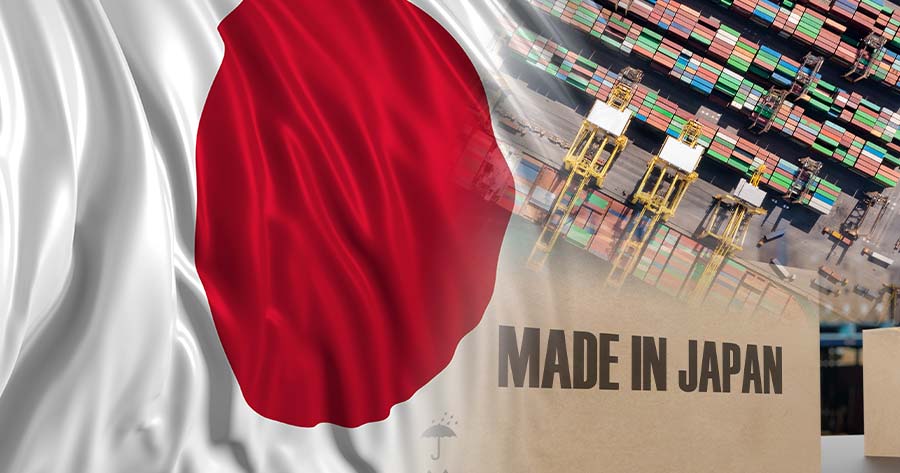Japan’s exports in August continued to decline by 0.1% YoY, but improved from July’s 2.6% drop and contracted softer than the 1.9% predicted by economists surveyed by Reuters. Its imports also continued to shrink, recording a 5.2% decrease, following a 7.4% drop in July. However, the decline was deeper than economists’ forecast of 4.2%.
The exports of the world’s fourth-largest economy have remained in negative territory for four consecutive months, reflecting ongoing pressure from U.S. tariffs and a slowdown after front-loaded shipments earlier in the year.
The renewed weakness comes as the country faces increased political uncertainty. Prime Minister Shigeru Ishiba is set to resign following significant losses by the ruling Liberal Democratic Party, which lost its majority in both houses of parliament.
Asia, Japan’s largest trading region, offered some respite as exports rose 1.7% from a year earlier. Shipments to Western Europe also posted a robust 7.7% gain, somewhat offsetting the sharp downturn in exports to the U.S.
As for the trading with the U.S., the export volumes from Japan shrank by 13.8% YoY in August, outpacing the 10.1% contraction seen the previous month. This deeper decline followed a July trade agreement with Washington that reduced tariffs to 15% from 25%. Notably, Japanese auto exports to the U.S.—the country’s largest export in 2024—plunged 28.3%, only slightly less severe than July’s 28.4% fall.
Meanwhile, shipments to mainland China contracted by 0.5% YoY, but exports to Hong Kong jumped 14.4%. China remains Japan’s single largest trading partner.
Following the data release, the Nikkei 225 index slipped 0.12% on Wednesday, a few days before the Bank of Japan held a policy meeting. Economists estimated that the central bank would maintain its benchmark interest rate at 0.5%.




